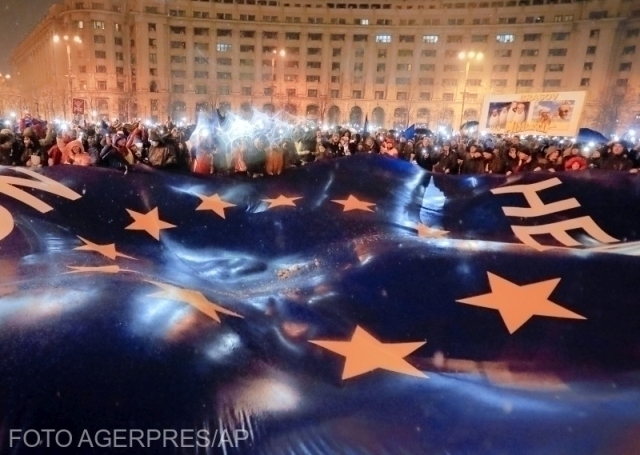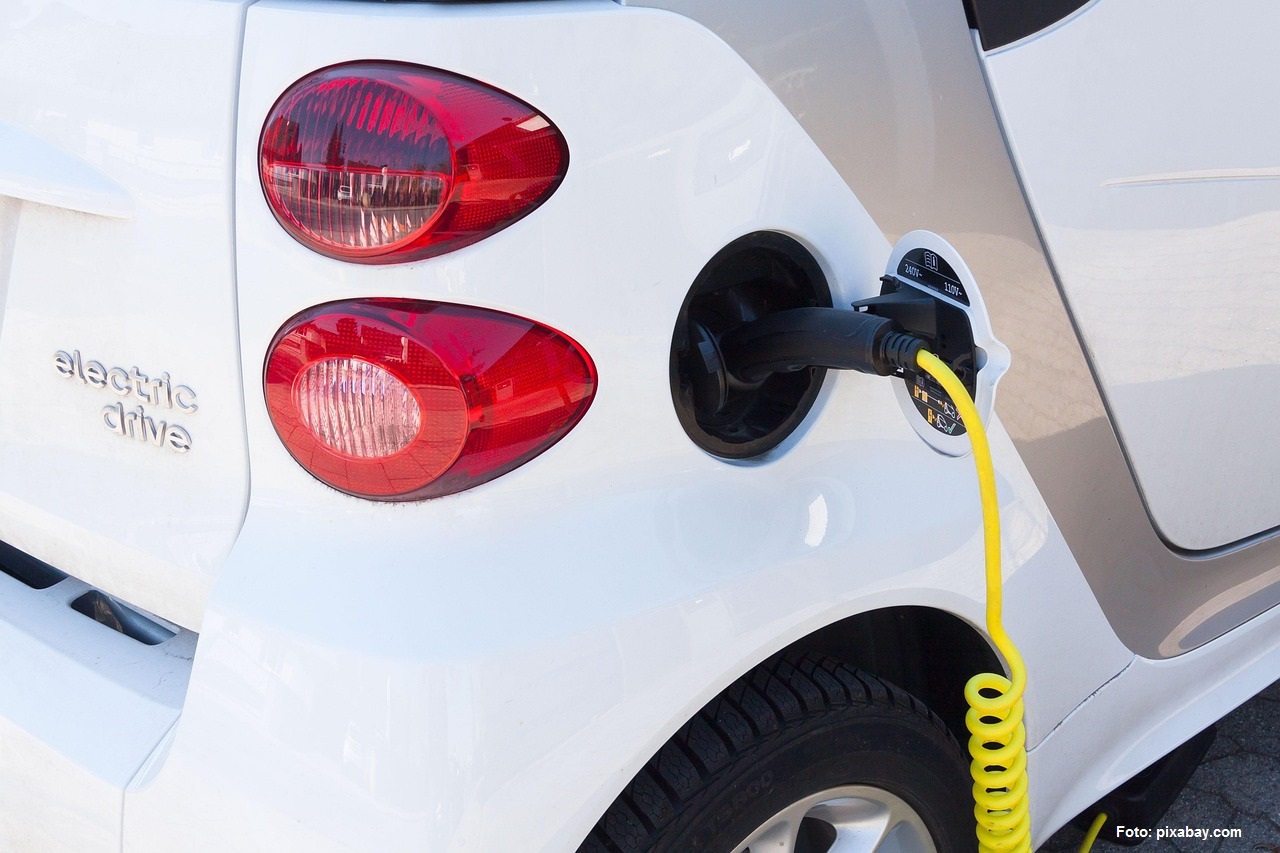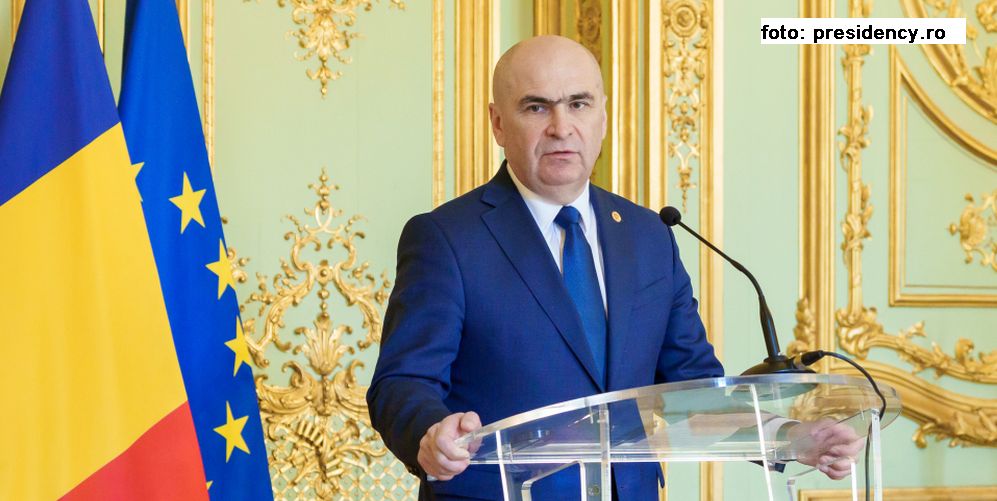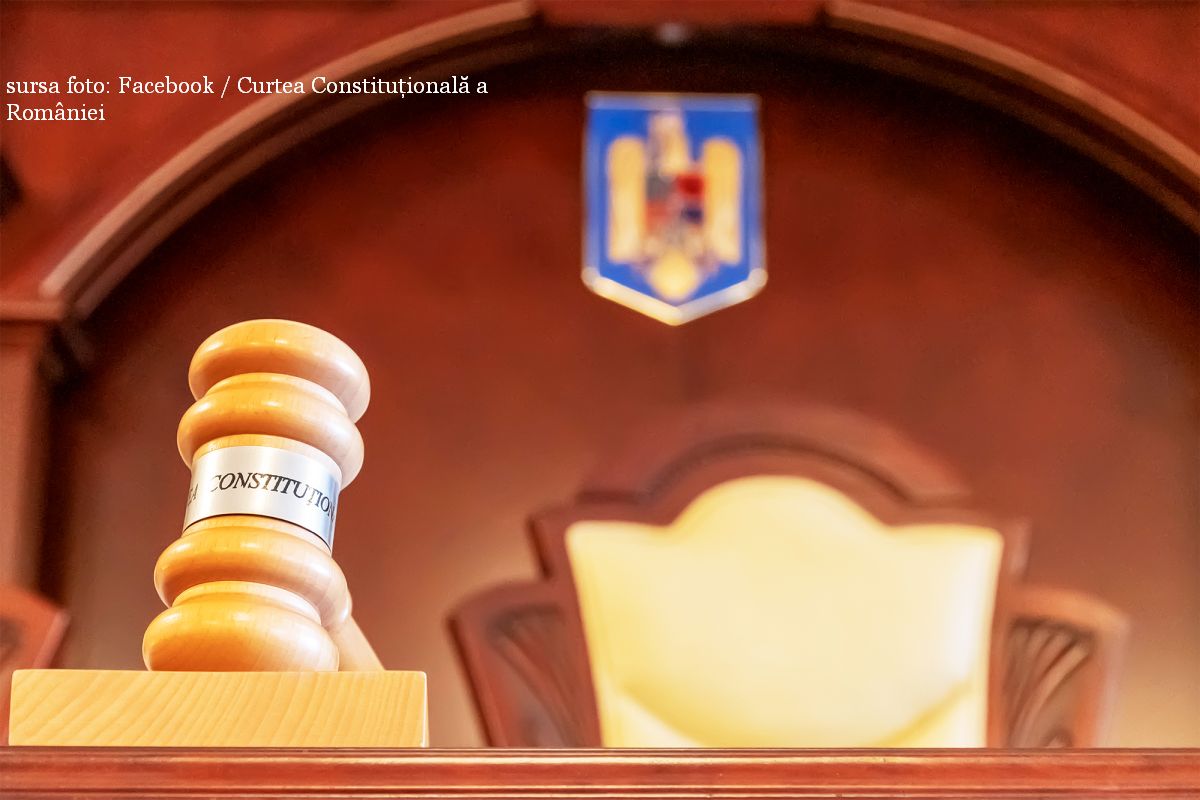New large-scale protests in Romania
Tens of thousands of Romanians took to streets once again to protest the policies adopted by the ruling majority made up of the Social Democratic Party and the Alliance of Liberals and Democrats.

Bogdan Matei, 22.01.2018, 13:22
In spite of the cold weather, the sleet and snowfalls, on Saturday evening tens of thousands of people took to the streets again, in Romania and the Diaspora, to protest the corruption of the political class, their attempt to modify the justice laws and the fiscal measures adopted by the governments of the Social Democratic Party and the Alliance of Liberals and Democrats.
The rally in Bucharest was for the first time attended by large groups of people that came from outside the capital city, by car, by train or even on foot, from hundreds of kilometers away. A rather unusual aspect of Saturday’s rallies was the fact that, unlike the previous peaceful protests, part of the protesters got involved in violet incidents with the gendarmes, which, according to analysts, reflects the protesters’ frustration and despair.
Here are some of the reasons why people took to the streets to protest:
Protester 1: “This mafia gang from the Social Democratic Party wants to get their grip on the judiciary and I am here to defend justice and democracy. We believe this gang is not acting in the interest of Romania.”
Protester 2: “They are corrupt. The whole government is corrupt and that is why they should go. We want honest people in the government, who are genuinely on the side of European democracy.”
Protester 3: “Are they so disdainful not to pay attention to so many people? We are not being manipulated. We came to protest out of our own will.”
Vehemently expressed also during last year’s rallies, the protesters’ main fear is that the government majority backed by the Democratic Union of Ethnic Hungarians in Romania is trying to subdue the judiciary and stifle the anti-corruption fight. Suspicions were fueled by the unusual speed at which the power amended the justice laws in December, given that Parliament is usually slow in making laws. These modifications were criticized by the rightist-of-center opposition, by President Klaus Iohannis, the media and by some of Romania’s western partners. In answer to that, in Parliament, in the government and the media, ruling coalition representatives keep saying that the laws had to be revised so as to harmonize them with the decisions of Romania’s Constitutional Court and with the rulings of the European Court of Human Rights, where Romania lost many cases due to anomalies identified in Courts and penitentiaries.
The international media has again covered the protests in Bucharest. The Euronews TV channel broadcast live the rally held in front of the Parliament building. The American daily New York Times wrote that in spite of snowfalls and near-freezing temperatures, protesters gathered again in downtown Bucharest and recalled that in 2017 Romania saw the largest-scale protests of the past decades, after the government had taken measures aimed at decriminalizing certain acts of corruption. Gazeta Wyborcza in Warsaw wonders whether Romania will eventually follow into the footsteps of Poland and Hungary by passing laws that undermine corruption investigations and affect the independence of the judiciary.






























